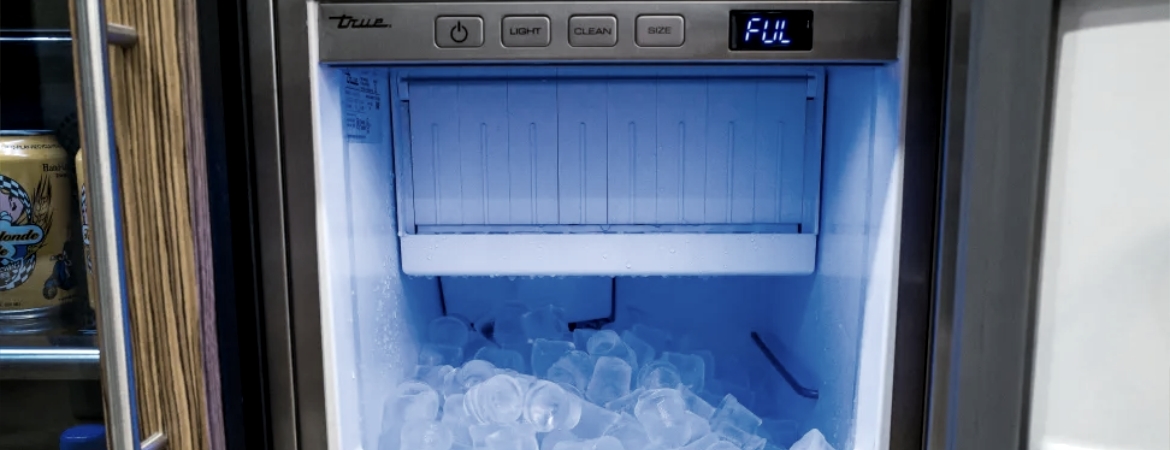Commercial True Ice Maker/Machine Electrical issues

When dealing with Commercial True Ice Maker/Machine Electrical Issues, it’s essential to proceed with caution and prioritize safety. Electrical problems can range from simple issues like loose connections to more complex issues involving components such as wiring, control boards, or motors. Here’s a breakdown of common electrical issues, along with some DIY solutions and preventive measures:
Loose Connections:
Check for any loose or disconnected wires, particularly around the power supply and control panel. Ensure all connections are tight and secure. Use a multimeter to test continuity and voltage if necessary. Tighten any loose connections using appropriate tools such as screwdrivers or pliers. Replace any damaged wires or connectors as needed. Regularly inspect and tighten electrical connections during routine maintenance checks. Avoid overloading electrical circuits to prevent overheating and potential damage.
Faulty Components:
Electrical issues can also stem from malfunctioning components such as relays, switches, or capacitors. These parts may fail due to wear and tear, electrical surges, or environmental factors. Identify and replace any faulty components using manufacturer-approved replacement parts. Refer to the equipment’s manual or wiring diagram for guidance. Implement regular inspections and testing of electrical components as part of preventive maintenance schedules. Keep the equipment clean and free from debris to prevent damage to sensitive electrical parts.
Power Supply Problems:
Issues with the power supply, including voltage fluctuations or inadequate electrical supply, can cause operational issues or damage to the ice maker. Verify the voltage and stability of the power supply using a voltage tester or multimeter. Ensure the ice maker is connected to a dedicated electrical circuit with the correct voltage rating. Install surge protectors or voltage regulators to safeguard the ice maker from power surges or fluctuations. Regularly monitor the power supply and address any issues promptly.
Control Board Malfunctions:
The control board is the brain of the ice maker, regulating various functions and operations. Malfunctions in the control board can lead to erratic behavior or complete failure of the equipment. Inspect the control board for signs of damage, such as burnt components or corrosion. Reset the control board if possible, following the manufacturer’s instructions. Consider replacing the control board if it is beyond repair. Keep the control board clean and protected from moisture or contaminants. Avoid exposing the ice maker to extreme temperatures or humidity, which can affect electronic components.
By understanding and addressing these common electrical issues, you can troubleshoot problems effectively and implement preventive measures to prolong the lifespan of your Commercial True Ice Maker/Machine. However, if you’re unsure or uncomfortable with DIY repairs, it’s always best to seek professional assistance from qualified technicians like those at Commercial Appliance Repair.